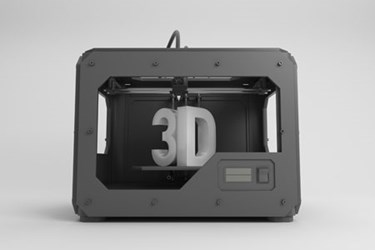The New Age Of 3D Printed Human Materials

By Christine Kern, contributing writer

Bioprinting human tissues could take personalized medicine to new heights.
A team of researchers at Wake Forest School of Medicine in North Carolina has devised a way to 3D print human-scale bone, muscle, and cartilage that survives when transplanted into animals, according to Reuters. Using clinical imaging data and an integrated tissue-organ printer, the researchers successfully created skull and jawbone, ear cartilage, and muscle, and these tissues — implanted in mice and rats — showed normal growth and function at five months.
“It has been challenging to produce human scale tissues with 3D printing because larger tissues require additional nutrition,” Dr. Anthony Atala from Wake Forest School of Medicine, Winston-Salem, North Carolina told Reuters.
The new process is dubbed the integrated tissue and organ printing system, or ITOP. This development could be transformative for personalized medicine, since being able to bioprint reliable human tissues would allow surgeons to bioengineer body parts from the patient’s own tissues.
“It is often frustrating for physicians to have patients receive a plastic or metal part during surgery knowing that the best replacement would have been the patient’s own tissue,” Atala told Reuters. “The results of this study bring us closer to the reality of using 3D printing to repair defects using the patient’s own engineered tissue.We are also using similar strategies to print solid organs.”
All of the 3D-printed tissues showed normal blood vessel growth and integration with surrounding tissue. The circulation in the cartilage was confined to the outer areas, similar to human cartilage, and the bioprinted muscle contracted like real muscle.
According to the study, bioprinting large tissues has been historically difficult because of their high nutrition needs. Researchers surmounted this challenge by creating microchannels in the tissue models to facilitate diffusion of nutrients to the printed cells.
“Future development of the ITOP is being directed to the production of tissues for human applications and to the building of more complex tissues and solid organs,” researchers said. The study findings were published in the journalNature Biotechnology.
Atala said, “This novel tissue and organ printer is an important advance in our quest to make replacement tissue for patients. It can fabricate stable, human-scale tissue of any shape. With further development, this technology could potentially be used to print living tissue and organ structures for surgical implantation.”
